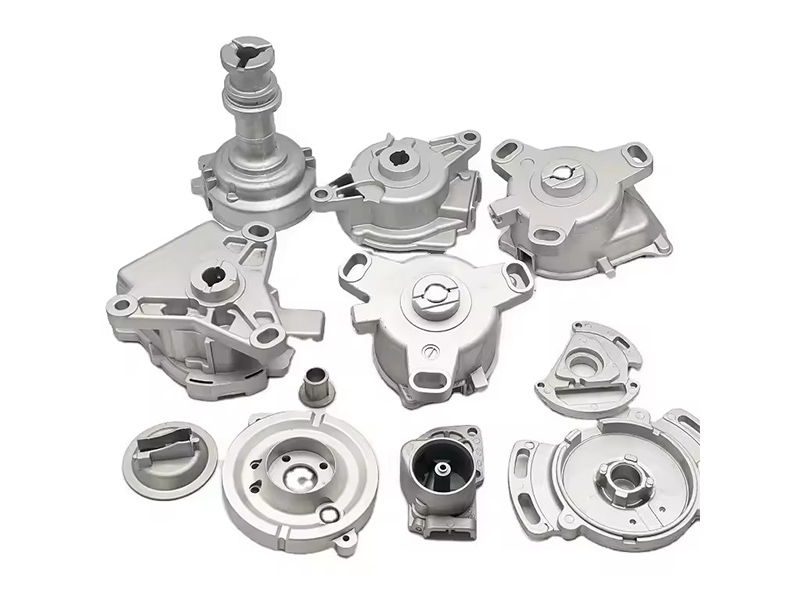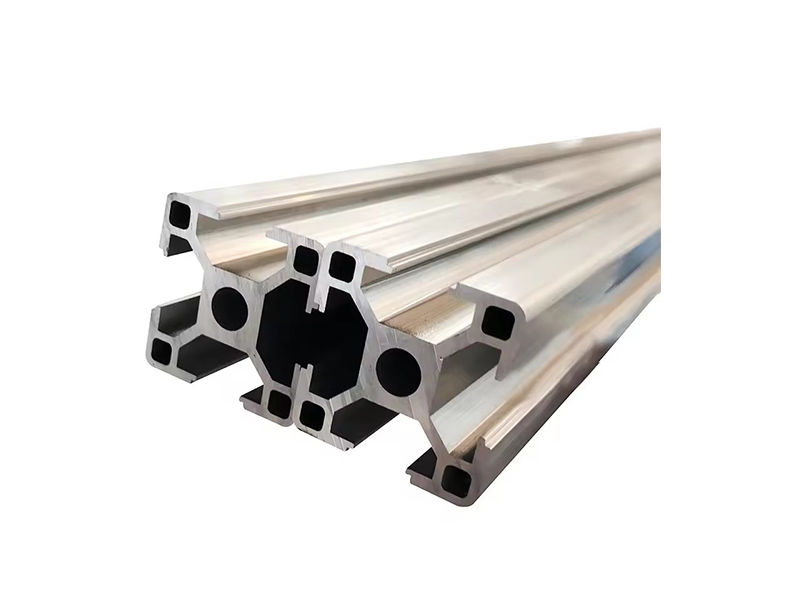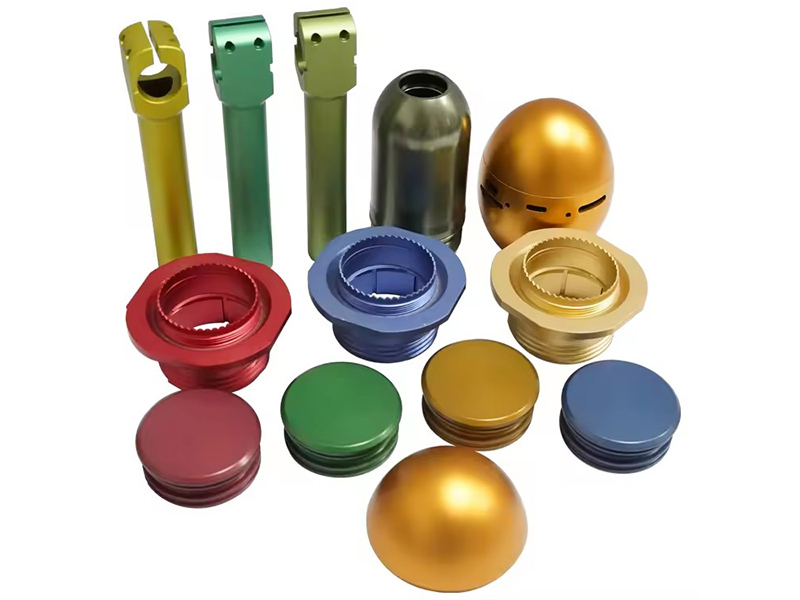Aluminium Fabrication: Crafting Lightweight Strength for Modern Industries
Aluminium fabrication has become an essential process in modern manufacturing, offering a versatile solution for industries that demand both strength and lightweight materials. As a key player in sectors ranging from construction to aerospace, aluminium fabrication combines precision engineering with innovative techniques to produce high-quality components that meet stringent industry standards. In this blog, we explore the definition, processes, classifications, services, advantages, and applications of aluminium fabrication.

Definition
Aluminium fabrication refers to the process of transforming raw aluminium into finished products or components through various mechanical, thermal, and chemical methods. Unlike simple casting or extrusion, fabrication often involves cutting, bending, welding, and assembling aluminium sheets, plates, or profiles to create complex structures. The goal is to achieve components that are not only durable but also lightweight, corrosion-resistant, and suitable for diverse applications.
Key Processes in Aluminium Fabrication
The fabrication of aluminium involves multiple stages, each tailored to the desired end-product. Common processes include:
Cutting: Aluminium sheets, plates, or profiles are cut to specific dimensions using techniques like laser cutting, water jet cutting, or shearing. Precision is crucial to ensure components fit perfectly in assemblies.
Bending and Forming: Using press brakes or rollers, aluminium sheets are bent or shaped into required geometries without compromising structural integrity.
Welding and Joining: Techniques such as TIG (Tungsten Inert Gas) and MIG (Metal Inert Gas) welding are commonly employed to join aluminium parts securely. Advanced bonding methods like adhesive bonding may also be used for lightweight assemblies.
Machining: CNC machining enables precise shaping of aluminium components, allowing for complex features and tight tolerances.
Finishing: Surface treatments, including anodizing, powder coating, or polishing, enhance aesthetics, corrosion resistance, and durability.

Classification
Aluminium fabrication can be broadly classified based on the type of product or structural component being produced:
Structural Fabrication: Used in frameworks for buildings, bridges, and industrial equipment.
Architectural Fabrication: Involves facades, window frames, doors, and decorative elements.
Automotive and Aerospace Fabrication: Includes lightweight body panels, chassis components, and aircraft parts.
Industrial and Marine Fabrication: Tanks, pipes, and machinery components for industrial and marine applications.
Services Offered
Fabrication companies provide a comprehensive range of services, from initial design to final assembly:
Custom Design and Engineering: Assistance in conceptualizing and engineering aluminium solutions tailored to client specifications.
Prototyping: Creation of prototypes to validate design and performance before mass production.
CNC Machining and Precision Fabrication: High-precision manufacturing for critical applications.
Welding and Assembly: Professional assembly of components to form complete structures.
Surface Treatment and Finishing: Enhancing performance and aesthetics through anodizing, painting, or powder coating.
Repair and Maintenance Services: Ensuring longevity and reliability of aluminium structures.
Advantages
Aluminium is a highly versatile material, and its fabrication offers several benefits:
Lightweight yet Strong: Aluminium provides excellent strength-to-weight ratio, reducing overall structural weight.
Corrosion Resistance: Naturally forming oxide layer protects against rust and harsh environmental conditions.
Design Flexibility: Easy to cut, bend, and shape, allowing for innovative and complex designs.
Recyclability: Aluminium can be recycled without loss of quality, making it environmentally friendly.
Thermal and Electrical Conductivity: Useful in applications requiring heat dissipation or electrical conduction.
Applications
Due to its unique combination of properties, aluminium fabrication finds applications in numerous industries:
Construction: Window frames, curtain walls, roofing, and cladding.
Automotive: Lightweight body panels, engine components, and chassis parts.
Aerospace: Aircraft fuselage, wings, and internal components.
Marine: Boat hulls, decks, and offshore structures.
Industrial Equipment: Machinery housings, storage tanks, and piping systems.
Consumer Goods: Furniture, appliances, and electronic enclosures.

Conclusion
Aluminium fabrication is more than just a manufacturing process—it is a blend of precision, innovation, and material science that enables the creation of lightweight, durable, and versatile components. From architectural marvels to cutting-edge aerospace parts, the impact of aluminium fabrication spans across industries, driving efficiency and sustainability. As industries continue to prioritize lightweight and corrosion-resistant materials, aluminium fabrication is poised to remain at the forefront of modern manufacturing solutions.

